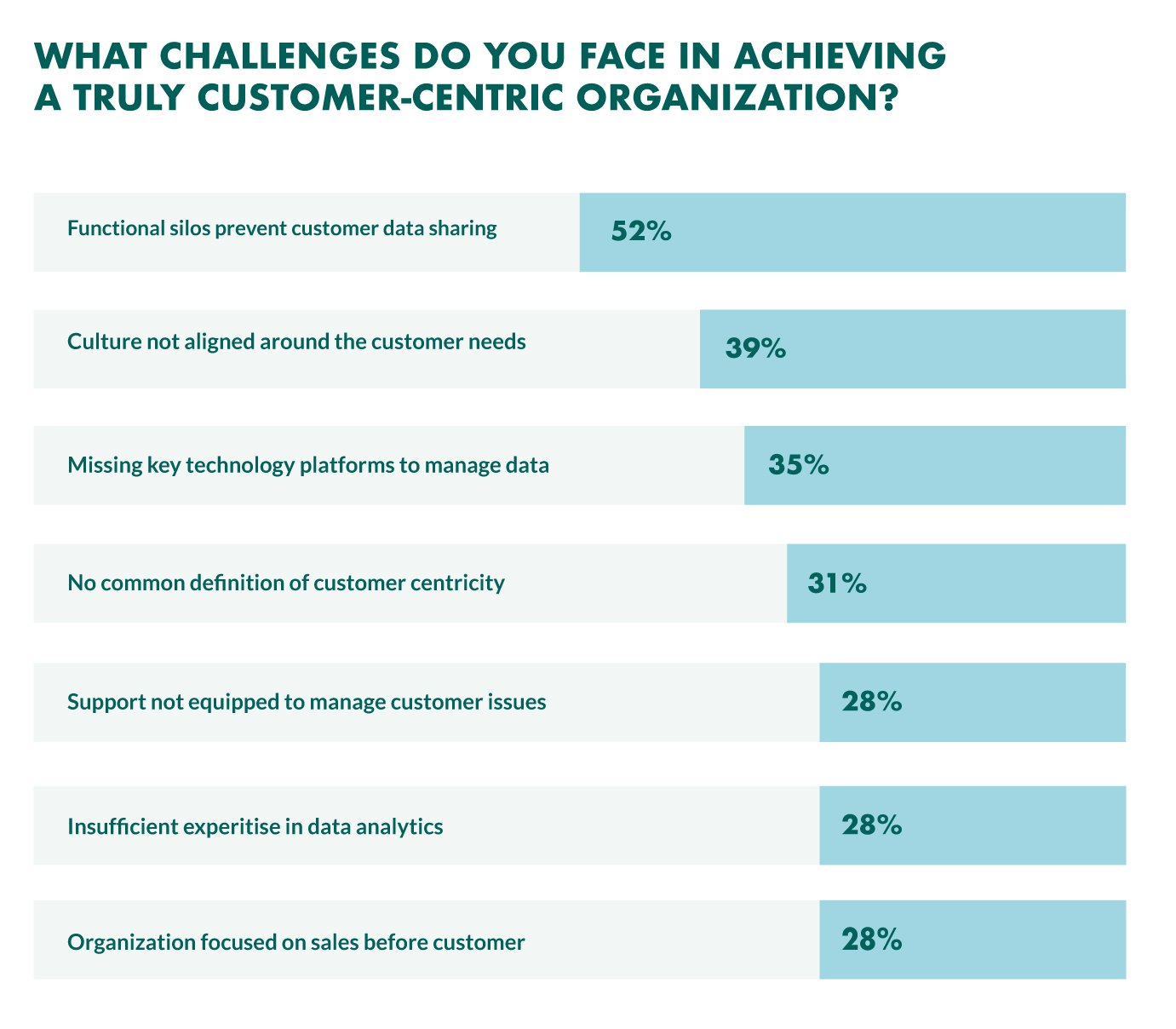SimplicityDX has announced new research that shows rising customer acquisition costs are impacting e-commerce profitability for both brands and retailers. Today, marketers lose an average of $29 per new customer, a 222 percent increase over the past eight years. Research shows that almost all of the difference comes from lower customer acquisition costs and higher product return rates.
Jordan Jewell, former research director at IDC and now a resident analyst at VTEX, commented: “The cost of customer acquisition is a huge challenge for brands and retailers. Some brands have found it more cost-effective to attract new customers by offering their own personalized paper catalogs than buying them through digital advertising. This was unthinkable a few years ago when marketing through digital channels was a real thing.
Consumer spending is up 60%, according to industry estimates, but key factors have exacerbated the brands' woes, including:
With 25% of digital ad spend expected to be spent on social media this year, all brands face customer acquisition costs due to differences in targeting accuracy.
Charles Nicholls, Founding Director and Chief Strategy Officer of SimplicityDX, commented: “Social media is a great opportunity to leverage available social media content and leverage multiple views. However, the best practice is to drive targeted traffic to the brand's site for purchase. This is what most shoppers want, and it allows brands to build ongoing relationships that turn a first-time buyer into a profitable repeat buyer.
A set of agreements and proprietary data is the key to profitability
The research shows that it is important to obtain consent from new customers to allow brands to send marketing materials. In 2013, repeat sales earned merchants an average of $28. It jumped to $39 today, up 36%. As brands struggle to make e-commerce profitable in the post-pandemic era, a renewed focus on proprietary data collection has led to a steady increase in the amount of customer contact data on brand websites. Driving repeat sales through targeted marketing is the key to attracting profitable customers and maximizing value.
This is especially important for social commerce, where merchants can allow consumers to pay on the social network, because brands are not allowed to sell to their customers what they have purchased in this way. In effect, this means that every time a customer makes a purchase through a social network, brands lose $29, creating a constant sales cycle.
SimplicityDX tracks consumer sentiment toward social commerce in its quarterly State of Social Commerce survey. According to a recent study, seven out of 10 shoppers (69%) prefer visiting a brand's website over social media.
Advertisers have been hit hard by the changes in privacy settings, especially the reduced effectiveness of social media ads. It focuses on campaigns from start to finish and especially what happens "after the click". Buying email addresses and opt-ins is linked to brand profitability.
“Social Checkout looks like an attractive way to embed shoppable content into customers' social networks. But it's 'fool's gold' because in today's environment, paying for advertising to buy customers who lose $29 per sale doesn't make sense and can't be sold,” Nichols explained.
See also: CDIA Expo 2022 springboard to highlight the latest tech brands





Post a Comment
Post a Comment